Charger Panasonic BQ-CC17
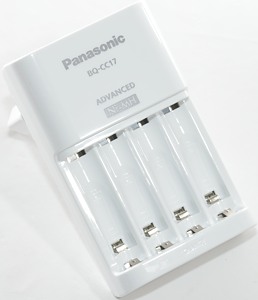
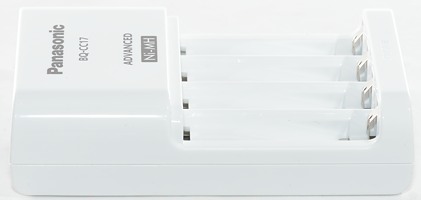
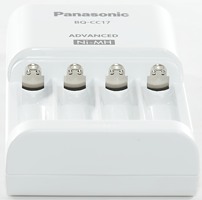
Panasonic has a line of NiMH chargers, some are fast and smart, others dumb. This one here is a slow and smart charger.
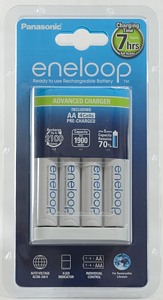
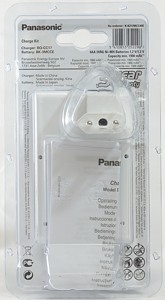
I got the charger in a blister pack. In addition to the charger there were eneloop cells.
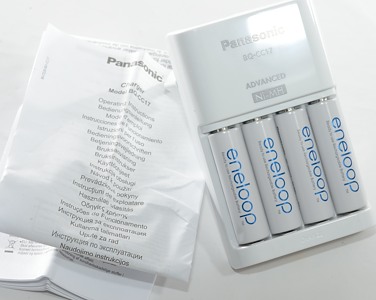
The makes the total contents: The charger, 4 eneloop cells and an instruction sheet in many languages.
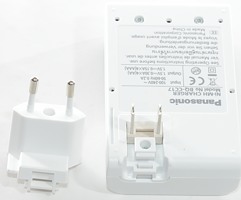
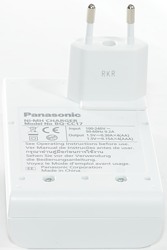
The charger is designed with a US power plug but includes a EU plug. The EU plug requires tools to remove.
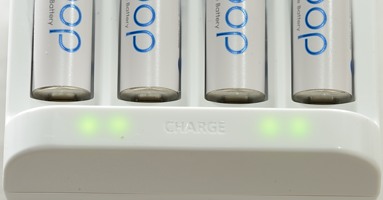
The charger has four hidden leds to show when it is charging. Green light means charging.
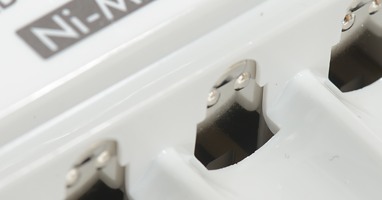
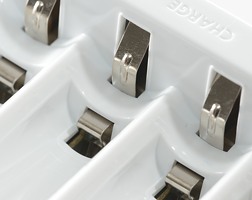
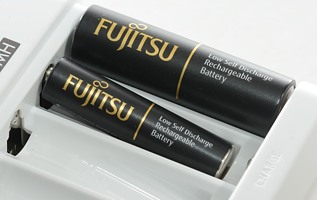
The charger has the typically two level slots used for AA and AAA batteries.


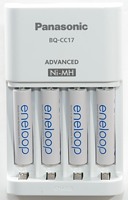

Measurements charger
- When not powered it will discharge the battery with 0.05mA
- If the charger detect an error the green led for that channel will flash fast.
- Steady green light is charging.
- Charge will restart charging after power loss, or battery insertion.
%20%231.png)
A nice -dv/dt termination with only a small temperature increase and no trickle charge, this looks very good.
%20%232.png)
%20%233.png)
%20%234.png)
All channels looks the same.
%20%231.png)
The XX also looks the same, but the internal resistance is fairly high, making the voltage swing fairly large when the charge current is pulsing.
%20%231.png)
%20%231.png)
Again nice terminations.
%20%231.png)
Also with the AAA cell.
%20%231.png)
The termination is a bit slow on a full cell. It looks like a -dv/dt termination.
.png)
With 4 cells in the charger the termination is not as nice, but still very good.

M1: 31,9°C, M2: 36,4°C, M3: 39,7°C, M4: 39,5°C, M5: 44,3°C, M6: 35,0°C, HS1: 66,9°C
The charger does not have an even temperature distribution, but the temperature is acceptable.
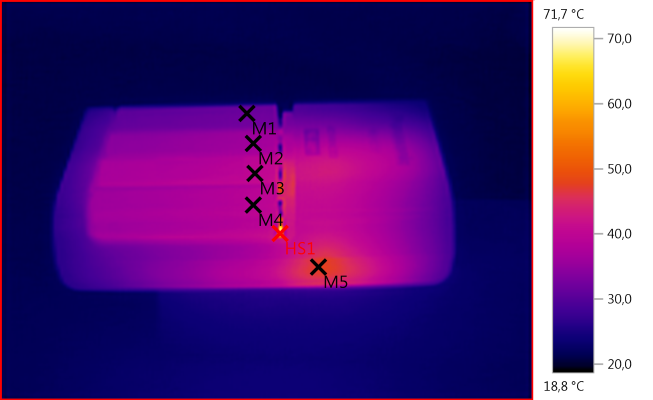
M1: 31,7°C, M2: 36,2°C, M3: 40,0°C, M4: 39,3°C, M5: 47,5°C, HS1: 71,7°C
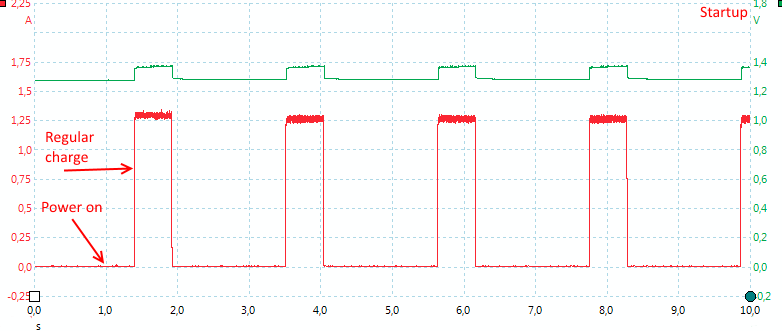
The charger needs about 0.5 seconds to start.
The duty cycle is 25%, i.e. the charger has one charge circuit and switches it between the four slots.
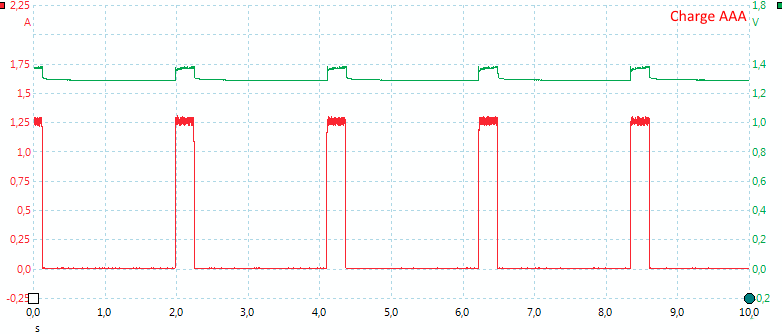
With AAA the current is the same, but the duty cycle is reduced.
Testing the mains transformer with 2500 volt and 5000 volt between mains and low volt side, did not show any safety problems.
Conclusion
The charger is very good at filling the batteries. No trickle charge is an advantage for LSD cells. Compared to the CC16 this one only has one charger circuit, the CC16 has two. With AA batteries the CC16 reduces the actual current, this one changes the duty cycle, but due to the lower current there is not much difference in the charge current in the pulses.
I believe this is a good but slow NiMH charger.
Notes
Here is an explanation on how I did the above charge curves: How do I test a charger
















%20%231.png)
%20%232.png)
%20%233.png)
%20%234.png)
%20%231.png)
%20%231.png)
%20%231.png)
%20%231.png)
%20%231.png)
.png)



